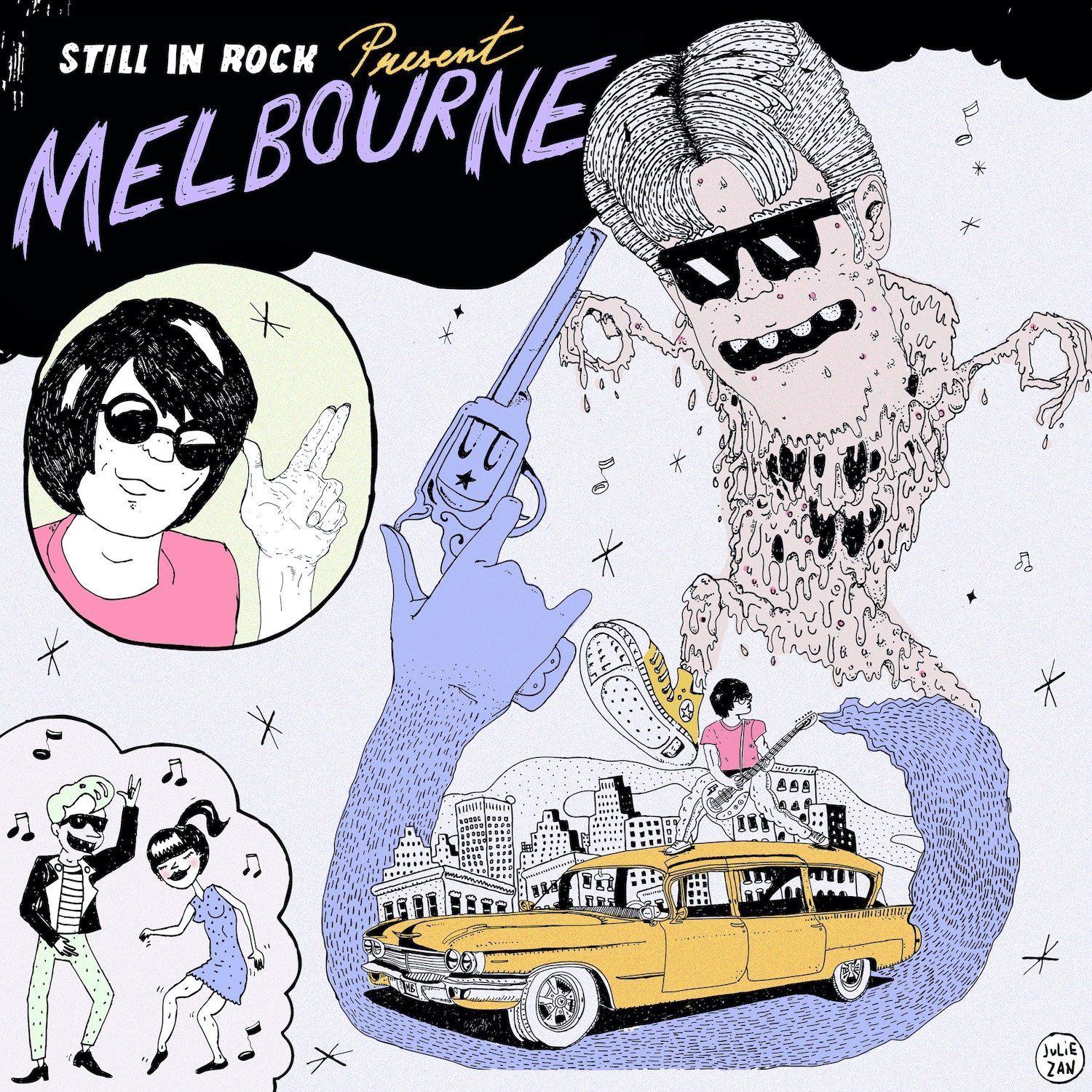
English below
***
Montre-moi tes cheveux, je te dirai ta musique. Dois-je préciser d’entrée de jeu que cet article est fondé sur des données scientifiques collectées au fil de plusieurs années de recherche.
Il va de soi que cette analyse ne prend en compte que les groupes des 10 dernières années, car si les tendances sont vérifiables dans le temps, quelques variations depuis les années ’70 pourraient nous faire perdre le fil conducteur. Ainsi ai-je décidé de passer sous silence la mode disco, ou la mode skinhead. Les coiffeurs de l’époque ne sont pas tous morts, mais certains sont encore cités à comparaître au Procès de Nuremberg.
Enfin, qu’il me soit permis de préciser que cet article est un conçu non pas comme une chose informative, mais comme un véritable guide auquel toute personne souhaitant être respectée doit obligatoirement se soumettre. Que les groupes, les fans, les groupies, les gérants de salles, les tourneurs, les labeleurs et autres faiseurs de cool soient avertis : toute personne n’arborant pas la coiffure correspond aux groupes qui font son quotidien sera reniée et battu en place publique (sur scène). Par exemple, Kurt Vile, Mike Krol et ORB se trompent. Ils ont tort, et avoir tort, c’est mal.
**********
Le guide Still in Rock de la bonne coiffure est conçu tel que suit. Il est bien entendu qu’un musicien qui déciderait de se couper subitement les cheveux est un traitre que la communauté doit dénoncer. Il en va de même pour le musicien prétentieux qui a le toupet d’avoir plusieurs groupes d’un style musical différent. Notons, enfin, que le chauve est exclu de notre analyse, parce que. Ainsi faut-il :
De 1 à 5 cm :
**********
Voyez plutôt :
De 1 à 5 cm, côté indie pop / folk / ancien punk :
Nic Hessler qui officie sous son propre nom
Juan Wauters qui officie sous son propre nom
Sufjan Stevens qui officie sous son propre nom
Ian MacKaye du groupe Fugazi
Julia Cumming du groupe Sunflower Bean
Ezra Koenig du groupe Vampire Weekend (eh… oui).
Joe Talbot du groupe Idles

Mac DeMarco qui officie sous son propre nom
Wyatt Blair qui officie sous son propre nom
John Dwyer du groupe Oh Sees
Tim Presley du groupe White Fence
Bradford Cox du groupe Deerhunter
Nathan Williams du groupe Wavves
Andrew Savage du groupe Parquet Courts
Matthew Melton du groupe Warm Soda

Paul Jacobs qui officie sous son propre nom
John Barrett du groupe Bass Drum of Death
Kyle Thomas du groupe King Tuff (à la limite car il aime le stoner, ça fait sens)
Amy Taylor du groupe Amyl and the Sniffers
Les groupes français ne dérogent pas à la règle, voir par exemple :
Cédric Bottacchi du groupe Dusty Mush
Benoit Raton Sauvage du groupe Wild Raccoon
Paul Rannaud du groupe Volage

Ces artistes sont sortis de la société, d’ailleurs, ils ne l’ont jamais aimée. Leur musique ne s’adresse qu’à l’infime tranche de la population qui partage cette même envie pour une expérience psychédélique à faire tomber mémé sur les genoux. La drogue, c’est mal, mais avec ces artistes, chaque album est l’occasion d’une nouvelle tranche de LSD. Certains de leurs albums sont incompréhensibles, mais ce n’est pas grave, ils s’en foutent.
Charles Moothart du groupe CFM
Chad Ubovich du groupe Meatbodies
Kevin Parker du groupe Tame Impala
Kurt Cobain du groupe Nirvana (il est pas mort, ok?!)
SIZ qui officie sous son propre nom
Et tous les groupes de classic rock des années ’70, quand même.

********

These artists who perfectly integrated into society. In the morning, they go to the local bakery to buy their croissant. They smile at the baker, the baker smiles back. They are good people. In the evening, the audience is made up of nice persons. Everybody smiles and wants to create a better world as their top priority.
Joe Talbot from Idles

Artists who belong to this group often have a dual identity. Their look is accepted by the rest of society, but it is made to look cool when they hang out at a skate park. It’s not uncommon for these artists to be depressed, and for good reason, they haven’t fully assumed their transformation into stage beasts. Be careful, danger, the in-between is bad for your health.

Here is the semi-reclusive category, the kind of guy who has a small job on the side to ensure his survival, but who devotes all his energy to playing garage music that irritates anyone who doesn’t worship Jay Reatard. The 10 to 20 cm are cooler than the others because they achieve a sense of aesthetics while paying attention to be part of a movement.
Amy Taylor from Amyl and the Sniffers

These artists are out of society, in fact, they never liked society to begin with. Their music is only aimed at a tiny section of the population who share the same desire for a psychedelic experience. Drugs are bad, but with these artists, each album is the occasion for a new slice of LSD. Some of their albums are incomprehensible, but it doesn’t matter as they don’t care.
SIZ, playing under his name





Post a comment